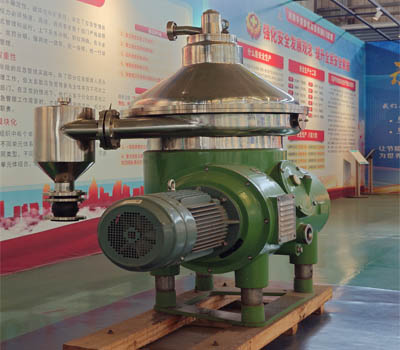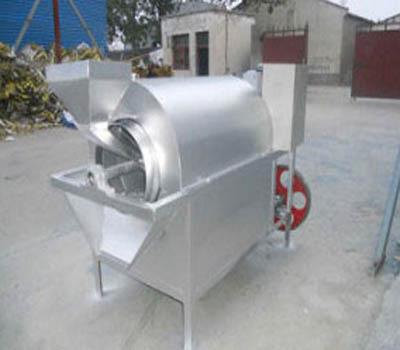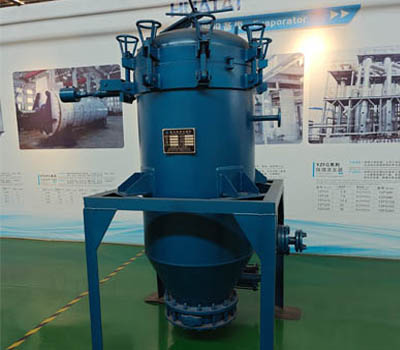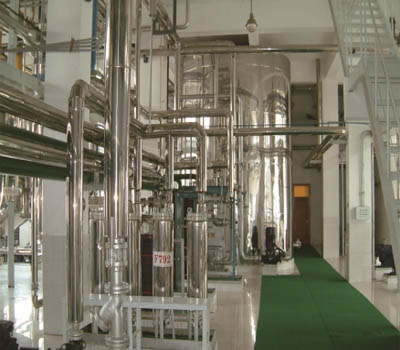Degumming of edible oil
Degumming of edible oil is a crucial step in the refining process. Its main purpose is to remove gum-like substances, such as phospholipids, proteins, and other impurities, from the oil. These gums not only affect the appearance and stability of the edible oil but may also have adverse effects on human health.

(Disc separator is mainly used for degumming in edible oil processing, and can also be used for deacidification process.)
Working Principle
Edible oil degumming removes gum-like impurities, such as phospholipids and proteins, from oil using physical or chemical methods to improve their purity and stability. Common degumming methods include hydration degumming and acid refining degumming. Hydration degumming utilizes the solubility of phospholipids in water; by adding appropriate amounts of water or steam, the phospholipids precipitate and are thus separated. Acid refining degumming, on the other hand, involves adding acidic substances to cause a chemical reaction in the phospholipids, producing insoluble substances that are then separated. These methods are widely used in edible oil processing, effectively improving oil quality, extending shelf life, and enhancing the safety of edible oil.
Equipment
Commonly used equipment in the degumming process of edible oil includes a hydration tank and a settling tank. The hydration tank is used to mix oil and water, removing impurities such as phospholipids from the oil through the hydration process. The settling tank is used to separate the hydrated impurities from the oil, thereby improving the purity of the oil. These devices play an important role in the oil refining process and can effectively improve product quality.




